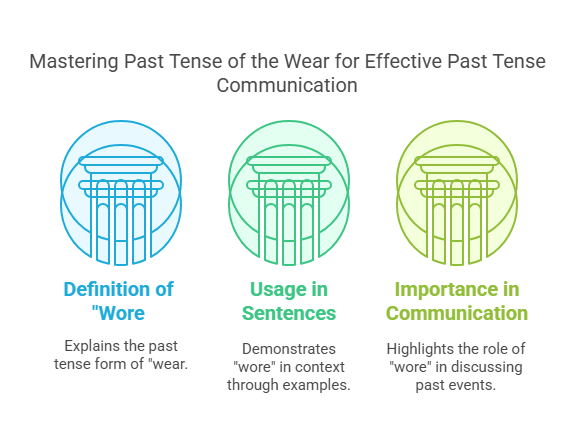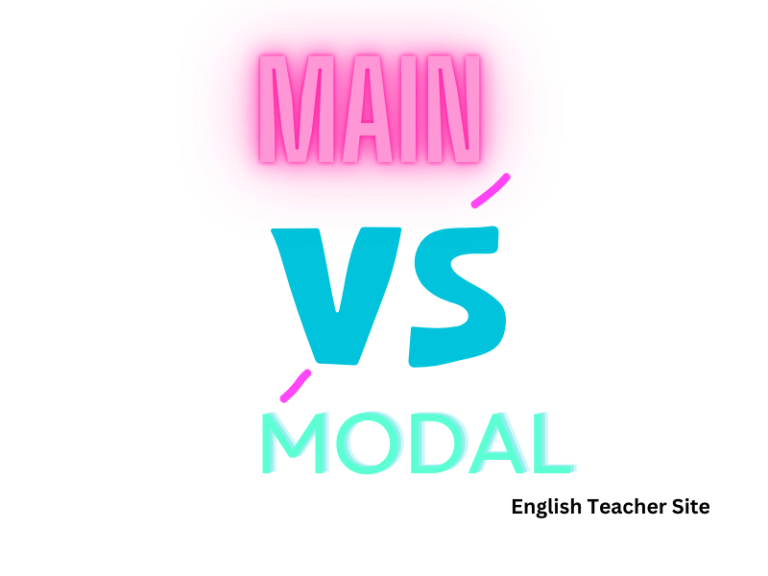Mastering the Past Tense of the Wear in 3 Simple Steps

Understanding the Importance of the Past Tense of the Wear
Mastering the past tense of “wear” is more than just about grammar accuracy; it plays a crucial role in conveying your thoughts clearly and precisely. Verbs are the backbone of language, allowing you to describe actions in time. Using the correct tense ensures your communication is understood, especially in storytelling, narratives, and reporting events. The past tense of “wear” is particularly important because it signals actions that were completed in the past. Misusing this form can lead to confusion, altering the intended meaning of a sentence.
Common mistakes include confusion with other similar-sounding verbs or using the wrong tense form altogether. It’s vital to understand the specific rules governing this tense to avoid these pitfalls.
Step 1: Recognizing the Correct Form of the Past Tense of the Wear
The Rule Behind the Past Tense of the Wear
The past tense of “wear” is “wore.” This transformation from present to past is a hallmark of irregular verbs, which don’t follow the standard “-ed” pattern. Irregular verbs are notorious for their inconsistency in forming past tense, making them a challenge for learners. “Wear” follows a unique pattern, where the vowel sound in the verb changes, resulting in the form “wore.”
Unlike regular verbs, which follow predictable rules, irregular verbs like “wear” require memorization. Recognizing the proper form of “wore” in sentences allows for grammatical accuracy and strengthens your grasp of English language nuances.
The Difference Between Regular and Irregular Verbs
Regular verbs follow a predictable rule when forming their past tense: adding “-ed” to the base verb. For example, “talk” becomes “talked,” and “jump” becomes “jumped.” These verbs are easy to identify because their past tense forms adhere to a consistent pattern.
Irregular verbs, however, don’t follow this rule. They change in unpredictable ways, as seen in verbs like “go” (which becomes “went”), “buy” (which becomes “bought”), and “wear” (which becomes “wore”). Understanding the difference between these two categories is crucial in forming correct tenses and mastering English grammar.
How to Identify When to Use ‘Wore’ Instead of ‘Wear’
The key to using “wore” correctly lies in identifying the context of the sentence. “Wear” is the present tense, used when describing actions happening now or in the near future. For example, “I wear my shoes every day” indicates a current habit or action.
On the other hand, “wore” is the past tense, used when referring to something that has already happened. A sentence like “Yesterday, I wore my favorite jacket” clearly indicates a completed action in the past. Recognizing the time frame of your statement helps you determine which form of the verb to use.

Step 2: Simple Strategies to Practice Using the Past Tense of the Wear
Daily Exercises to Improve Your Past Tense Usage
To solidify your understanding of the past tense of “wear,” integrate daily exercises into your routine. These exercises can be simple yet effective, such as rewriting sentences or paragraphs by changing the verbs from present to past tense. This will not only help you practice the verb “wear,” but it will also deepen your overall understanding of how past tenses work.
You can also try journaling about your daily activities, focusing specifically on what you wore. For instance, “I wore a red sweater yesterday” helps reinforce the correct use of the verb in context. By practicing regularly, the past tense of “wear” will become second nature.
How to Integrate the Past Tense of the Wear into Everyday Speech
One of the most effective ways to master the past tense of “wear” is to use it in conversation. Make a conscious effort to reflect on past actions during discussions, whether with friends, colleagues, or family members. You might say, “I wore my new shoes to the event last week” or “She wore a beautiful dress to the party.”
Practicing in conversations helps to solidify your understanding, making the usage of “wore” feel more natural. The more you incorporate it into your daily speech, the more intuitive it will become.
Step 3: Common Mistakes and How to Avoid Them
Frequently Confused Forms of the Verb Wear in the Past Tense
Many learners confuse the past tense form “wore” with the base form “wear,” which can lead to errors in speech and writing. For instance, “I wear my jacket yesterday” is incorrect. The proper sentence should be, “I wore my jacket yesterday.”
Another common mistake is using the past participle “worn” in the wrong context. “Worn” is typically used with auxiliary verbs like “have” or “had” (e.g., “I have worn this coat before”). Confusing “worn” and “wore” can disrupt the tense structure of a sentence, leading to confusion.
Real-Life Examples of Wrong vs. Right Usage
Incorrect: “I wear my shoes to the wedding last year.”
Correct: “I wore my shoes to the wedding last year.”
Incorrect: “He wear a suit to the party yesterday.”
Correct: “He wore a suit to the party yesterday.”
Mastering the Past Tense of the Wear: Putting it All Together
How to Continue Practicing and Refining Your Skills
Consistent practice is key to mastery. Try incorporating the past tense of “wear” in varied contexts—stories, past events, or hypothetical situations. This exposure will allow you to refine your skills and make the use of “wore” instinctive.
Additional Resources to Deepen Your Understanding of Past Tenses
To continue improving your grasp of past tenses, explore additional grammar resources. Websites, grammar books, and interactive tools can offer exercises and deeper insights into tense usage. You can also join online forums or groups where you can practice your writing and get feedback from peers or experts.
Conclusion: Confidence in Your Grammar Skills
Mastering the past tense of “wear” provides more than just accuracy in communication; it boosts your overall grammar proficiency. Once you’ve gained confidence in using “wore” correctly, you will find that expressing yourself in the past tense becomes significantly easier. Keep practicing, and soon, using the past tense of “wear” will feel like second nature.
Sources
Harper, Douglas. “Etymology of wear.” Online Etymology Dictionary.
My name is Khamis Maiouf. I am the creator of the English Teacher Site, dedicated to providing valuable resources and insights for students around the world. With a passion for education and a commitment to helping students enhance their skills, I aim to make English teaching more effective and enjoyable for both educators and students.






